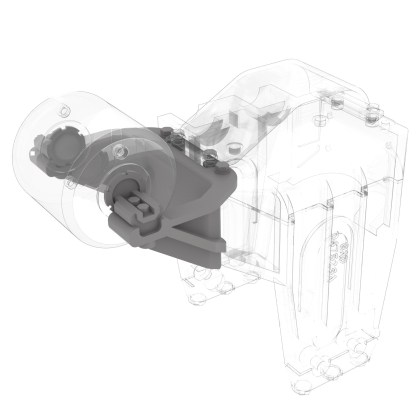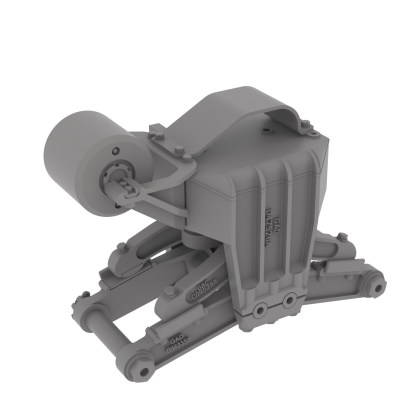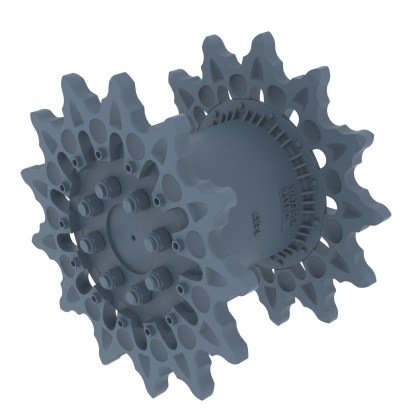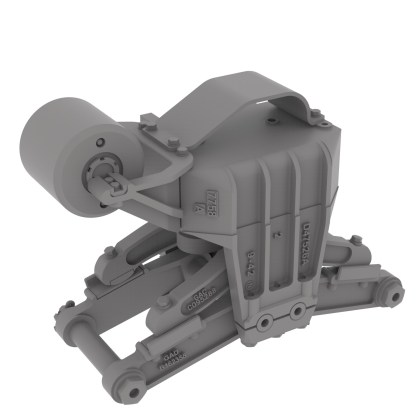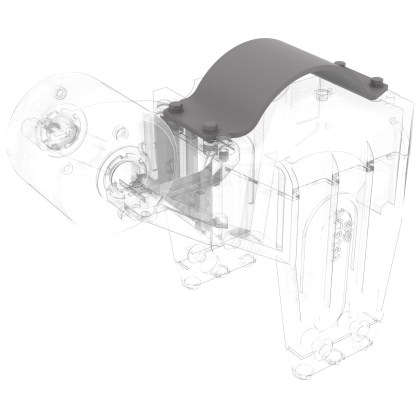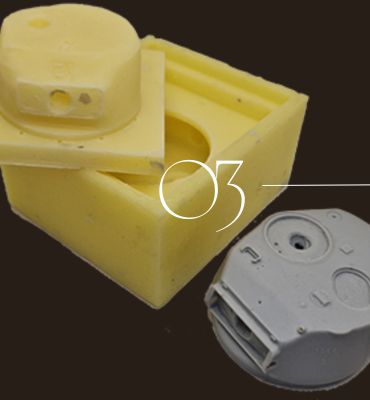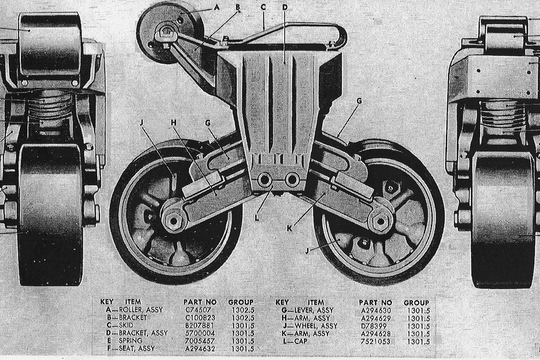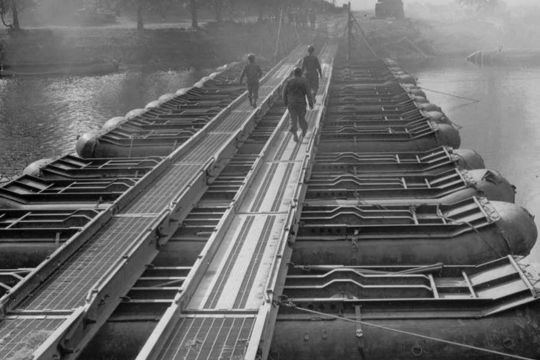
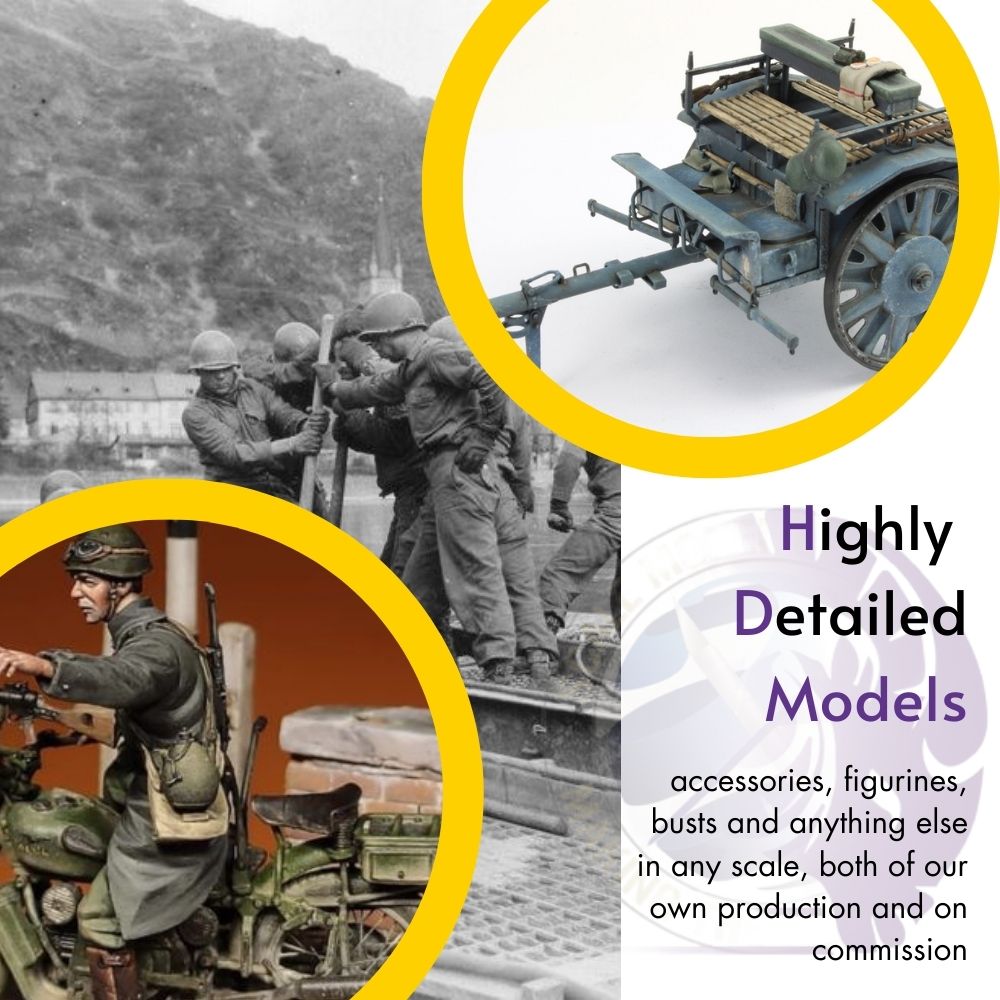


Fallshirmjager - Cassino 1944
On 15 March 1944, the city of Cassino suffered a horrendous aerial bombardment, which was followed by an artillery barrage.
According to a later estimate, each defender of the town received around four tons of explosives; despite this, the German paratroopers survived in large numbers by taking advantage of underground shelters, and a large cave at the foot of Monte Cassino. The rubble became a further obstacle for the Allies and a formidable shelter for the defenders.
(source: www.dalvolturnoacassino.it)
NEW ARRIVALS
NEWS
We thought we would inaugurate the section “Sherman VVSS (Vertical Volute Spring Suspension) Bogie series” dedicated to the various components...
The Alce was born in 1939 to replace the Moto Guzzi GT 20, which in turn was derived in 1938 from the Moto Guzzi GT 17, which was in production from 1932...
The steel treadway M2 Bridge was a modular system that allowed the construction of bridges supported by boats or trestles to cross rivers or ditches.





